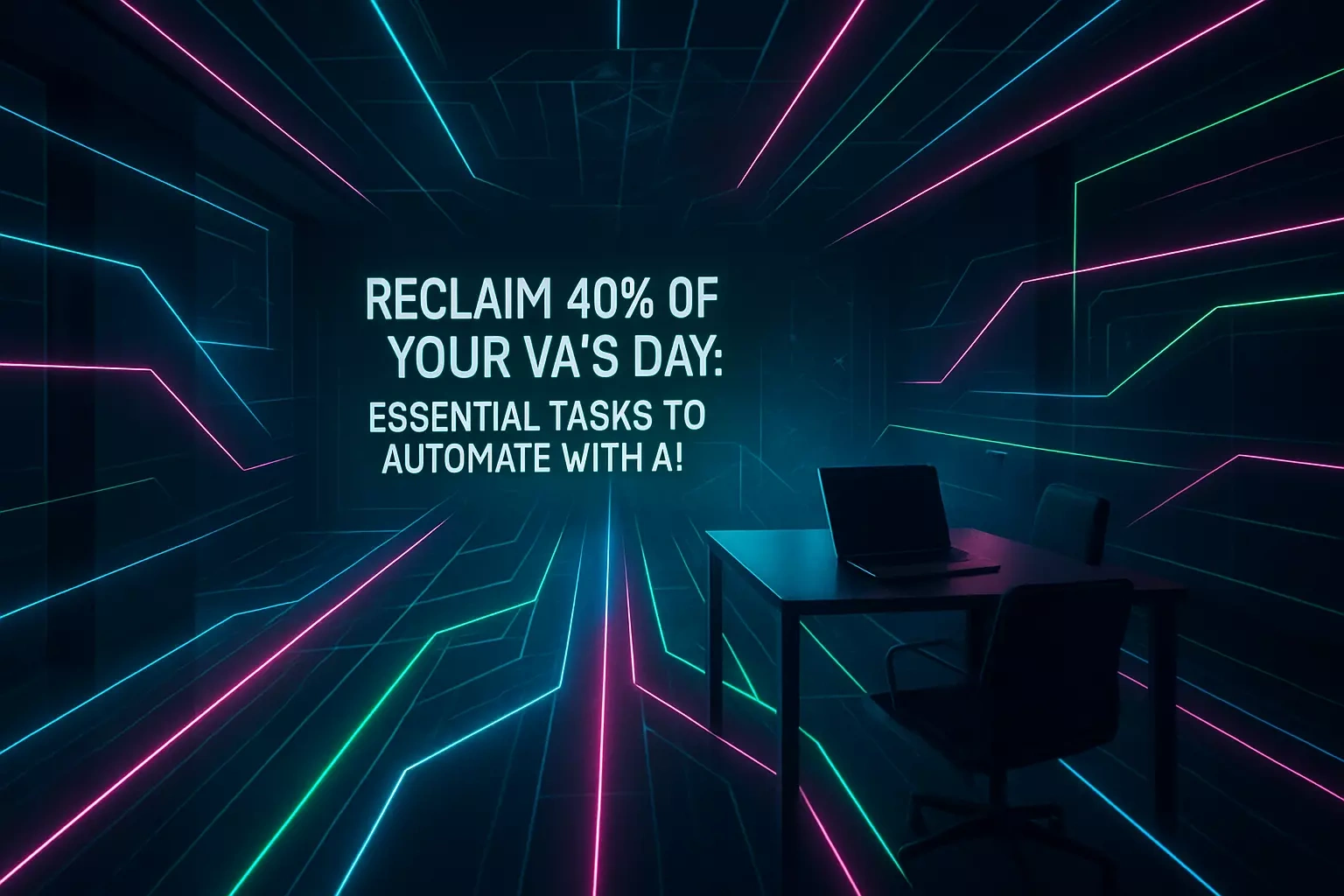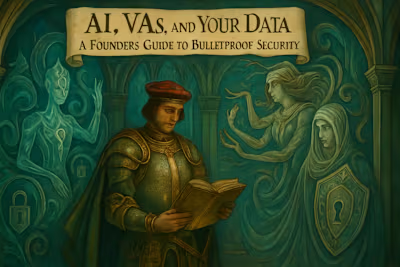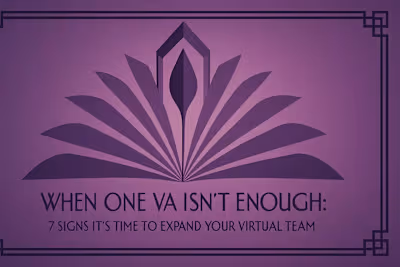Reclaim 40% of Your VA’s Day: Essential Tasks to Automate with AI

Reclaim 40% of Your VA's Day: Essential Tasks to Automate with AI
The 40% Automation Benchmark: Is It Realistic?
Category 1: Communication and Email Management
Auto-Sorting and Prioritizing Inbound Emails
Generating Draft Replies for Common Inquiries
Summarizing Long Email Threads and Documents
Category 2: Scheduling and Appointment Setting
Leveraging AI-Powered Calendar Assistants
Creating Automated Booking and Confirmation Workflows
Category 3: Data Entry, Transcription, and Management
Automating Transcription of Audio and Video
Intelligent Data Scraping and Entry
Category 4: Initial Research and Reporting
Compiling Summaries and Fact Sheets
Generating Drafts of Standardized Reports
Conclusion
References
Reclaim 40% of Your VA's Day: Essential Tasks to Automate with AI
The 40% Automation Benchmark: Is It Realistic?
Category 1: Communication and Email Management
Auto-Sorting and Prioritizing Inbound Emails
Generating Draft Replies for Common Inquiries
Summarizing Long Email Threads and Documents
Category 2: Scheduling and Appointment Setting
Leveraging AI-Powered Calendar Assistants
Creating Automated Booking and Confirmation Workflows
Category 3: Data Entry, Transcription, and Management
Automating Transcription of Audio and Video
Intelligent Data Scraping and Entry
Category 4: Initial Research and Reporting
Compiling Summaries and Fact Sheets
Generating Drafts of Standardized Reports
Conclusion
References
Posted Jun 30, 2025
Is your VA stuck on repetitive tasks? Discover the key tasks your virtual assistant can and should offload to AI, potentially automating up to 40% of their workload for greater impact.










